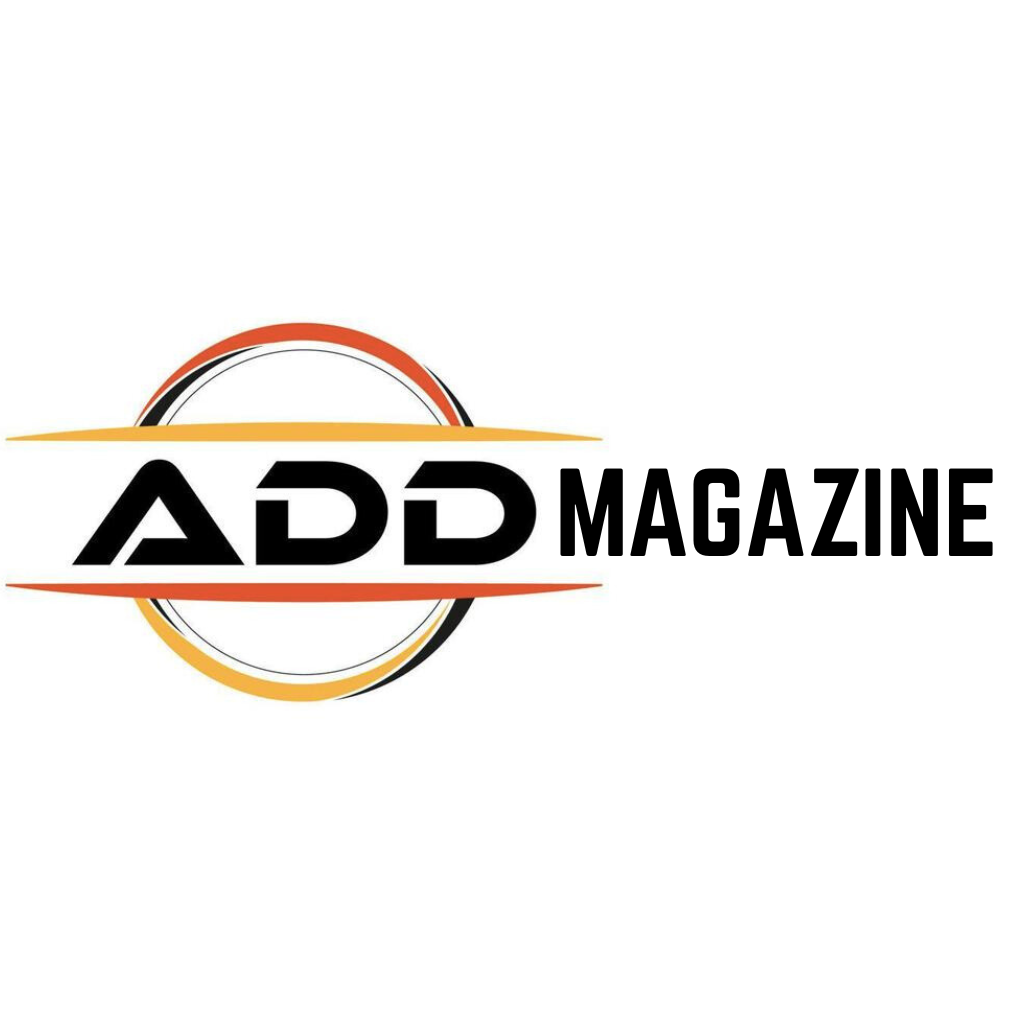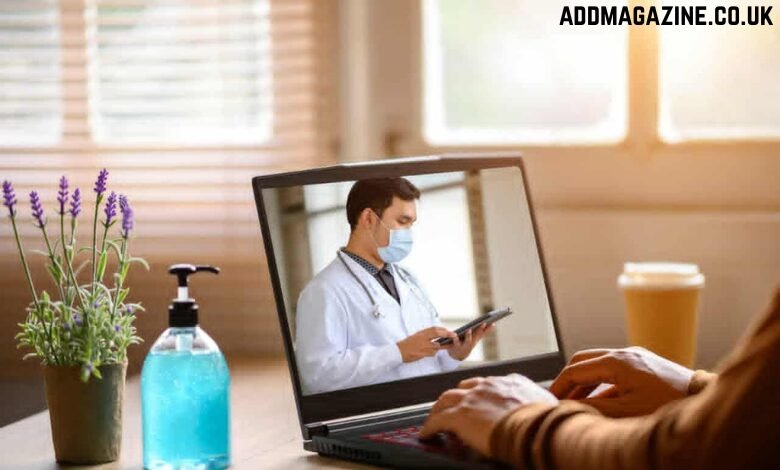Remote Patient monitoring (RPM) is now considered one of the greatest innovations in the contemporary approach to healthcare that changes the manner in which healthcare providers provide care and the way patients conduct their health management. It is a medium that enables a connection with patients and providers with the help of technology to monitor vital signs, symptoms, and general health information remotely. With concerns of increasing pressure on healthcare systems caused by aging populations, the prevalence of chronic illnesses, and hospital congestion, the concept of RPM healthcare can be used to achieve efficiency, accessibility, and improved health outcomes.
The Remote Patient Monitoring Concept
Its essence is summed up in the gathering of medical information of a patient at one place and transferring it electronically to the care providers at another. The technology is usually encompassed in wearable gadgets, sensors, mobile health applications, and connected medical devices like blood pressure gauges, glucose devices, and pulse oximetry devices. The collected data is interpreted on the fly, which provides physicians with the capability to track the state of a patient at any time and without the need to visit him/her in person. The methodology helps to identify complications early, change the treatment according to an individual, and implement interventions in time.
The Emergence of RPM in Healthcare
During the COVID-19 pandemic, when hospitals were overcrowded and patients had to be safely monitored at home, the demand for RPM was high. Initially started as a need, it has now become a norm for most healthcare providers. The insurance companies and governments, too, have realized the importance of RPM, and many are stretching their reimbursement services to include remote monitoring services. RPM is no longer a form of experimental technology; it is a critical part of patient-centered care in the 21st century, as digital health tools become more widespread in the sector.
Advantages for Patients
In the case of patients, convenience and empowerment are the major advantages of RPM. Patients with chronic diseases like diabetes, hypertension, or heart disease do not have to visit the hospital so often, and only to check their vitals. They are able to treat their health at home; consequently, less travel, waiting, and contact with infectious conditions. Constant monitoring is also reassuring as they are assured that their health information is under the care of specialists who can intervene in case of a complication. What is more crucial, RPM encourages patient participation. Patients will become more responsible in terms of their health and comply with treatment regimens in cases when they can calculate their own health indicators daily.
Healthcare Provider Benefits
To the medical workers, RPM develops a proactive model of care. Doctors can detect problems on time instead of waiting until a patient has worsening symptoms. This early identification enables early interventions to avoid hospitalization or emergency. It also assists the physicians in dealing with more patients easily using the digital platforms. In addition to this, RPM offers an unceasing supply of correct data, which offers greater details on how patients react to medication, lifestyle adjustments, or therapy in the long run. This informational practice reinforces the decision-making process and promotes precision medicine.
Implications for Healthcare Systems
Remote Patient Monitoring is also of great advantage in the wider healthcare ecosystem. The hospitals and clinics can minimize the readmission rates and decrease the load on the emergency departments. With care being transferred to homes, the healthcare systems are able to reduce a huge amount of money and enhance care quality. RPM can bridge the gap by providing patients access to specialists remotely in rural or underserved locations, where specialists may be inaccessible. This not only enhances access but also continuity of care over geographical boundaries.
Challenges and Limitations
Remote Patient Monitoring, though advantageous, has a number of challenges that it needs to overcome before realizing its potential. Data privacy and security are one of the greatest concerns. As sensitive health data is passed over digital networks, it is paramount to ensure that it will not be breached or abused. The other issue is the digital divide, since the patients who lack quality internet connections or digital literacy might not be able to utilize RPM devices. Moreover, healthcare personnel should optimize their processes and educate personnel to address the unending flows of patient information without being overwhelmed. Smaller clinics or developing regions that need RPM technologies may also be hindered by the cost of their implementation.
Remote Patient Monitoring in the Future
RPM is a promising direction, and the pace of the development of artificial intelligence, machine learning, and wearable technologies is high. Algorithms in AI are also starting to automatically process patient data and identify anomalies much more quickly than they can be identified by human eyes. Smartwatches and smart clothes are reducing wearables to a smaller and more precise, and integrated part of our daily existence. All these innovations will ensure that health monitoring is smooth and predictive instead of reactive. Furthermore, with 5G networks covering the whole world, the transmission of data will be quicker and more trustworthy, as well a increase the potential of remote care.
Conclusion
Remote Patient Monitoring is a paradigm shift in the provision and experience of healthcare. It makes patients stronger, improves the efficiency of health care providers, and relieves a strain on the medical infrastructure. Although the issues of data security and accessibility still exist, the trend of RPM is evidently positive. This is not merely a technological trend but a redefinition of patient care, where it leaves the confines of the hospitals and clinics and goes out into the home and the everyday lives of individuals all over. Remote Patient Monitoring will be at the head of a smarter, more connected, and more caring healthcare system as it goes forward with the continuous evolution of healthcare.




